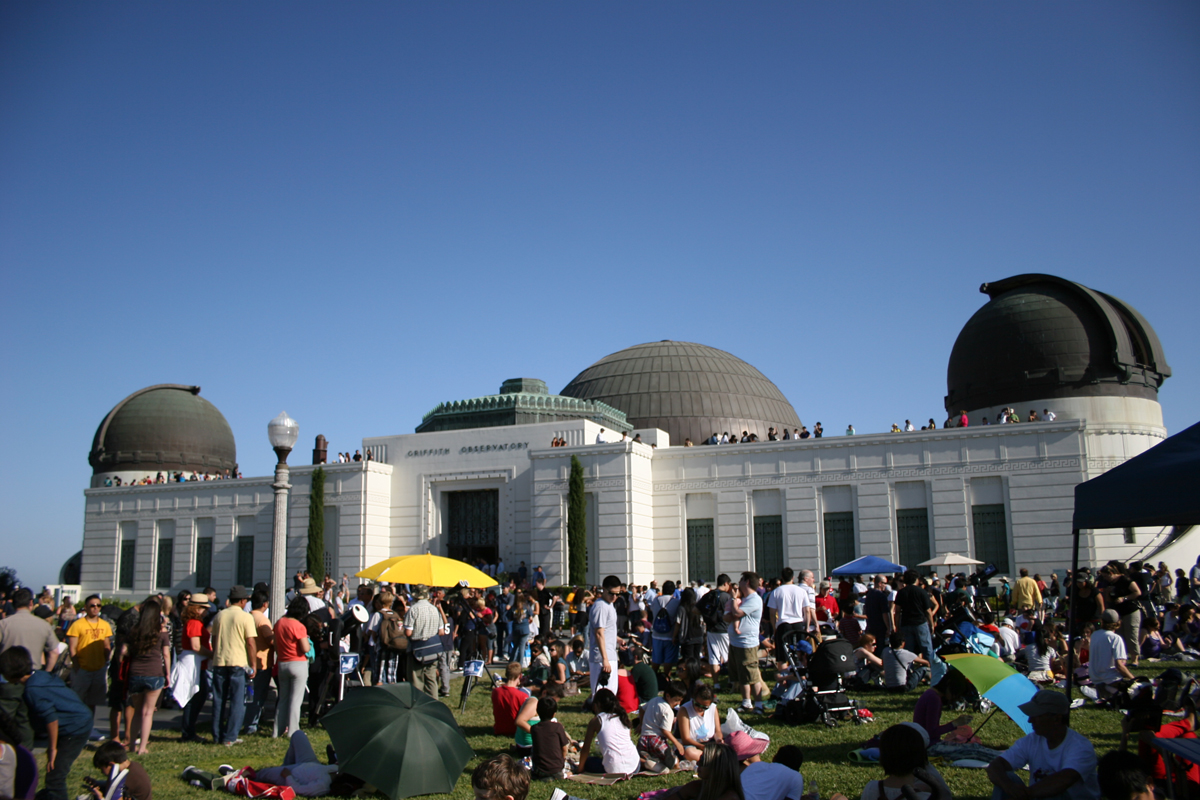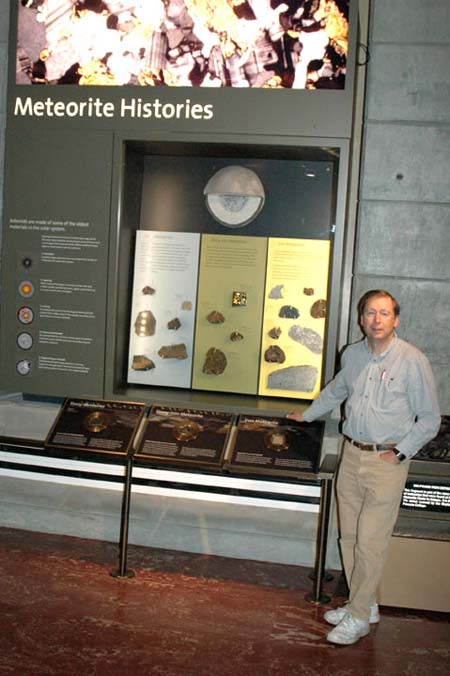Griffith Observatory: Astronomy for the Public

Griffith Observatory is a Los Angeles-based facility that bills itself as the most-visited observatory in the world.
While many professional facilities are solely used by astronomers, Griffith has free public telescopes that are open each evening that the observatory and skies are clear. The telescopes are available until 9:45 p.m., while the building is open until 10 p.m.
In 2006, the Griffith Park observatory got a much-needed facelift after nearly 70 years of serving the public. A $93 million renovation saw many exhibits removed and replaced with more modern ones. Additionally, the facility installed a brand-new planetarium complete with digital laser projectors.
Moving experience
Griffith Observatory came to be through a gift of a wealthy benefactor — Griffith J. Griffith, a businessman who got rich through the Mexican silver mine business and also real estate in southern California.
In the early 1900s, Griffith visited the then-new telescope at Mount Wilson, where he got a chance to look through the 60-inch telescope.
"The experience moved him profoundly — a distant, heavenly body suddenly being brought so close and made so real," wrote John Anson Ford, a member of the Los Angeles County Board of Supervisors, in text quoted by the observatory.
Ford, the observatory added, quoted Griffith as saying "Man's sense of values ought to be revised. If all mankind could look through that telescope, it would change the world."
In 1912, Griffith worked to bring the experience to Los Angeles. He expressed his willingness to donate $100,000 (worth roughly $2.3 million today) for an observatory that would include an open-access telescope, a theater capable of showing "motion pictures" (then very state-of-the-art) and a science hall with exhibits.
Griffith died in 1919, but provided for the observatory in his will as he grew ill. Serious planning for construction began in 1930, with the dedication for the new observatory taking place on May 14, 1935. One major change took place to Griffith's vision: a planetarium, a technology that wasn't available when Griffith was alive.
A new four-year mission
Griffith had its share of changes and renovations over the years, but by far the largest one took place starting in 2002. Organizers took an unprecedented step in the observatory's 67 years of operations: they shut down the facility for four years to change it inside and out.

The public-private partnership had four main goals: refurbishing the entire building, putting in a state-of-the-art planetarium, expanding public space and rejuvenating the exhibit program.
"This has involved taking the time, spending the money, and getting the people necessary to do the job right, so that the result is something the people of Los Angeles can celebrate with justified pride," the observatory stated at the time of the renovation.
When the observatory re-opened in November 2006, its changes drew awe in Larry Evans, a National Space Society official who wrote of his experience of seeing it in SPACE.com.
"Old favorites such as the Foucault Pendulum that demonstrates Earth's rotation, art deco wall panels and ceiling fresco, or the giant moon globe, remain intact," he wrote. "New exhibits on meteorites, the solar system, and the universe beyond, are all state-of-the-art."
Griffith Observatory has also seen its share of fires over the years, including one that came a little close to the facility in May 2007, just six months after re-opening.
One of the observatory's more unusual attractions received mention in a New York Times account of the fire: "Tourists flock for views of the city and to see the bust of James Dean that commemorates the movie 'Rebel Without a Cause,' which was filmed there," the newspaper wrote.
— Elizabeth Howell, SPACE.com Contributor
Join our Space Forums to keep talking space on the latest missions, night sky and more! And if you have a news tip, correction or comment, let us know at: community@space.com.
Get the Space.com Newsletter
Breaking space news, the latest updates on rocket launches, skywatching events and more!

Elizabeth Howell (she/her), Ph.D., was a staff writer in the spaceflight channel between 2022 and 2024 specializing in Canadian space news. She was contributing writer for Space.com for 10 years from 2012 to 2024. Elizabeth's reporting includes multiple exclusives with the White House, leading world coverage about a lost-and-found space tomato on the International Space Station, witnessing five human spaceflight launches on two continents, flying parabolic, working inside a spacesuit, and participating in a simulated Mars mission. Her latest book, "Why Am I Taller?" (ECW Press, 2022) is co-written with astronaut Dave Williams.










